



Lanzhou
Lanzhou Nuclear Fuel Complex
504 Plant
36�09' N 103�29' E
The Chinese capability to produce enriched uranium was initially confined to a single enriched uranium production facility, the Lanzhou Gaseous Diffusion Plant. Initially US intelligence estimated that the first Chinese nuclear weapons test in October 1964 used Plutonium, though subsequent analysis of the debris from the test immediately demonstrated that the first Chinese nuclear weapon used Uranium, which led the US intelligence community to realize that the U-235 plant at Lanzhou had in fact become operational sooner than anticipated.
In July 1955 the USSR agreed to construct atomic reactors in Lanzhou and Baotou, which were to be completed in 1960 [no reactor was built in Lanzhou]. Construction of this gaseous diffusion plant probably began in 1957, and the facility was estimated to be producing weapons grade U-235 at a rate of from 150 to 330 Kgs per year in the 1960s. Modifications underway at Lanzhou in the early 1970s increased the plant's capacity.
The Lanzhou complex consists of three facilities:
- Lanzhou Gaseous Diffusion Plant, producing 375 kg of U-235 annually in the mid-1970s
- Helanshan Center No. 1 gas centrifuge plant, producing 80-90% enriched U-235, which entered service in 1969
- Helanshan Center No.2 gas centrifuge plant, which entered service in the mid-1970s
The Gaseous Diffusion Plant [GDP] was in an advanced stage of construction when it was first identified by US intelligence in September 1959. By early 1963 substantial progress had been made in the completion of the facility, though it was unclear whether this work was accomplished largely before the withdrawal of Soviet assistance in mid-1960, gradually over the entire period, or chiefly in the previous year so. As of June 1963 the facility was assessed by US intelligence as being not fully operational. At that time, the existing gaseous diffusion building was large enough (roughly 1900 feet by 150 feet) to contain about 1800 compressor stages. According to US assessments, at least twice as much floor area (enough for about 4000 stages) would be required for the production of weapon grade material (93% U-235). It was deemed likely that a second building, compaxable in size, was intended to be constructed adjacent to the then extant plant within the secured area.
Electric power lines, one of which was not completed by mid-1963, connect the gaseous diffusion plant with the 200-250 MW thermal electric station in the city of Lanzhou. Based on the estimated capacity of the transformers at the plant's substation and the apparent excess of electric power available from the thermal station, it was estimated by US intelligence that about 100 MW could be supplied to the gaseous diffusion plant. This amount of electrical power is consistent with the calculated capacity of the cooling towers (which did not appear to be operating in March 1963) and with the size of the existing building in 1963. An additional power line, only partially completed as of mid-1963, connects the plant with the Yen-Kuo hydro-electric facility about 15 miles up stream. This facility was about 50 percent completed as of 1963.
As of early 1963, two of the probable 38 transformers at this building were installed, and it was estimated that possible test runs were in progress in a few stages of the plant. This would provide experience in gaseous diffusion isotope separation techniques, but would not be producing high-enriched uraniun.
As of early 1963 construction of a second diffusion building was in progress, and this enlarged facility began to produce weapon grade U-235 about three years from the start of construction.
In the late 1960s as part of the "third line" effort to relocate critical defense infrastructure in the relatively remote interior, China built new [allegedly underground] facilities supplement the plutonium production reactor at
Jiuquan
[third line plutonium production reactor at Guangyuan
], the design and fabrication facility at Haiyan
[third line design and fabrication facility at Mianyang
], and the gaseous diffusion plant at Lanzhou
[third line plutonium processing facility at Yibin
].
The Lanzhou Nuclear Fuel Complex is also the site of a pilot spent fuel reprocessing facility, with a nominal capacity of 100 kg/HM per day. Construction started in the 1990s, with completion expected in 2000.
Russian-assisted nuclear projects in China are conducted under an intergovernmental agreement signed on 18 December 1992. An intergovernmental protocol to this agreement, signed in December 1996, envisages two additional stages on the Lanzhou gas centrifuge. Occupying the site of a gas diffusion factory, built in the late 1950s with Soviet assistance, it is to be commissioned between April and July 2002. Construction is outpacing the schedule by two years. The project has IAEA safeguards.
Photographic Evaluation Report
High resolution imagery is available from two sources. Declassified CORONA imagery includes coverage from 10 August 1964, 17 December 1969, and 31 March 1971. No Russian 2-meter resolution KVR-1000 imagery is available via the SPIN-2 service on TerraServer.
As of 01 May 2000 archival Space Imaging IKONOS 1-meter imagery available on the CARTERRA� Archive includes 10 scenes of the general area, acquired between 05 February 2000 and 03 April 2000. These scenes are all generally cloud-free, and at four include coverage of the Lanzhou facility.

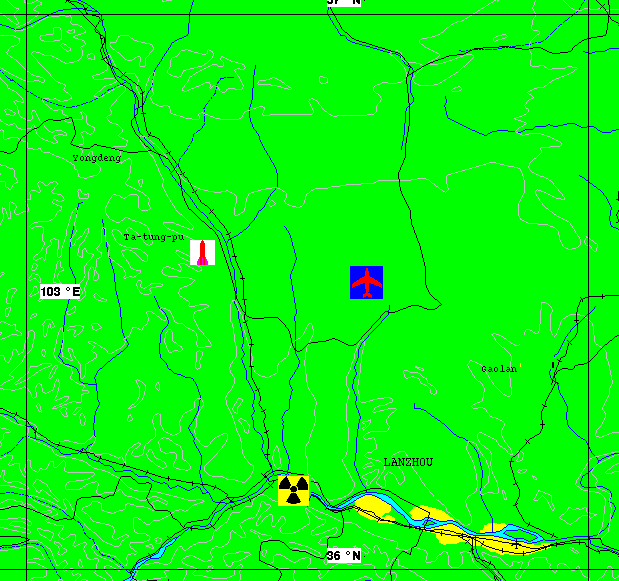
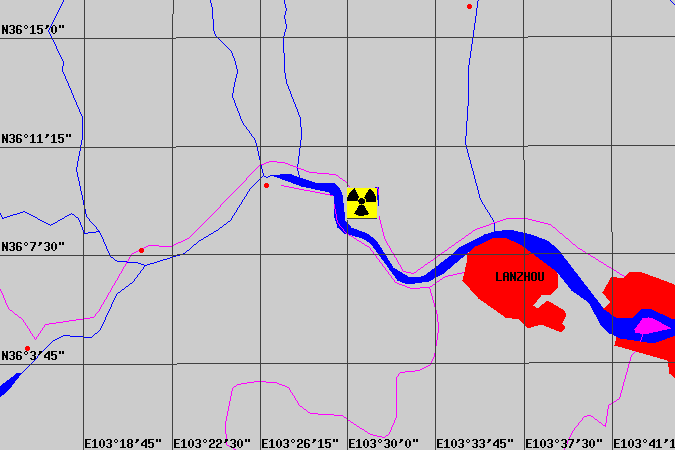
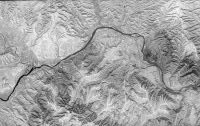
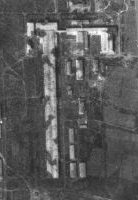
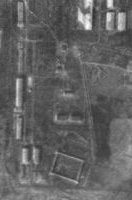
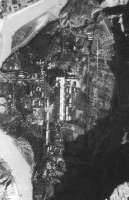


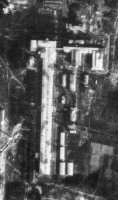
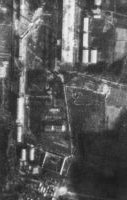
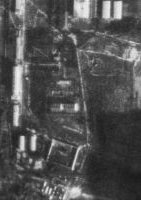
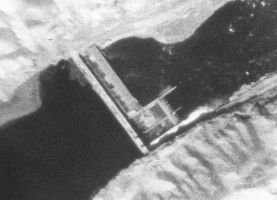
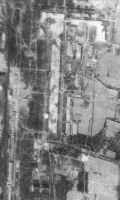
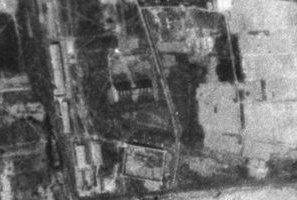

IKONOS
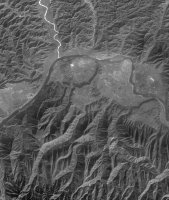
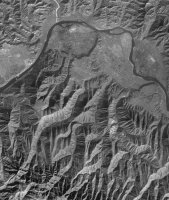

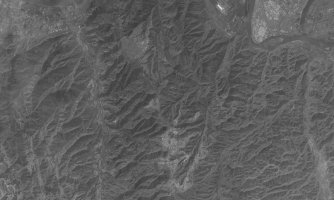
Sources and Methods
http://www.fas.org/nuke/guide/china/facility/lanzhou.htm
Created by John Pike
Maintained by Webmaster
Updated Friday, May 12, 2000 12:00:01 AM














